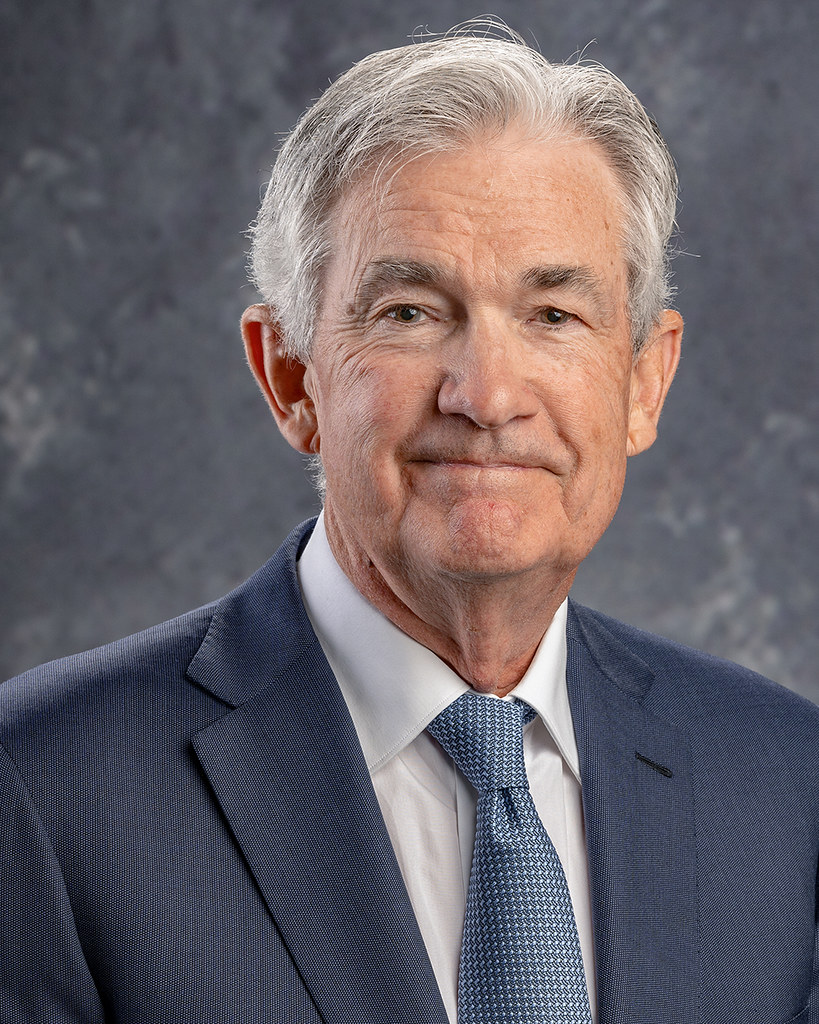The Federal Reserve’s latest policy decisions have sparked a flurry of reactions from Wall Street to Main Street, as the central bank grapples with the dual challenge of managing inflation and supporting economic growth. The debate over the Fed’s next moves is intense, with traders and investors closely monitoring every signal from Fed Chair Jerome Powell and his colleagues.

In the financial markets, the response has been clear: an influx of capital into various asset classes. Exchange-traded funds (ETFs) tracking corporate bonds have seen a significant $46 billion poured into them over five months, a level of enthusiasm not observed since the height of the pandemic. This is part of a broader trend, with $374 billion flowing into ETFs across stocks, fixed income, and commodities over the same period, marking the most substantial inflow in two years.
The equity markets, too, have been on a tear. The S&P 500 has soared 27% since October, positioning itself for the largest pre-easing cycle rally since at least 1970. This surge continued as the Fed’s latest meeting and press conference seemed to add more fuel to the market’s fire, with traders interpreting the Fed’s stance as increasingly dovish.
Powell’s comments have been pivotal. His acknowledgment of a ‘bumpy’ road to the 2% inflation target and the characterization of financial conditions as restrictive have raised eyebrows. Some market participants, like Michael Shaoul of Marketfield Asset Management, believe the Fed may be underestimating the risks of asset booms and overestimating the progress against inflation.
Dovish tilt has not gone without criticism. Figures like former Treasury Secretary Lawrence Summers have questioned the urgency of rate cuts, while others worry about the potential for the economy to run too hot. Yet, the markets have largely welcomed Powell’s signals, with equities and bonds rallying in response.
The Fed’s commitment to three rate reductions in 2024, despite ticking up forecasts for inflation and growth, has been a particularly comforting signal for the markets. Bond traders are now pricing in a 69% chance of a rate cut as early as June. This optimism persists even as some caution that the Fed and traders have previously misjudged the likelihood of dovish policy shifts.
Volatility has also eased, with the ICE BofA MOVE Index indicating calmer conditions in the Treasury market, a positive sign for stocks, crypto, and credit markets. Even Bitcoin, despite a recent retreat, remains significantly up since the start of the year.
Recent reiteration of its dovish outlook has been met with a mix of responses. While some, like Christian Hoffmann of Thornburg Investment Management, express disappointment at the lack of a strong commitment to the inflation target, others see it as a green light for further investment. The market’s reaction has been undeniably positive, with the S&P 500 posting one of its best post-announcement performances under Powell’s tenure.
Looking ahead, the Fed’s path remains a tightrope walk. With presidential elections on the horizon, any major policy shifts could draw political scrutiny. The central bank’s actions will be closely watched, not just for their economic impact but also for their political implications.
The Fed’s current stance may be a cause for celebration in the markets, but it also underscores the delicate balance the central bank must maintain. As investors and policymakers alike navigate these uncertain waters, one thing is clear: the Fed’s every word and deed will continue to be dissected for clues about the future of the economy and the markets.





